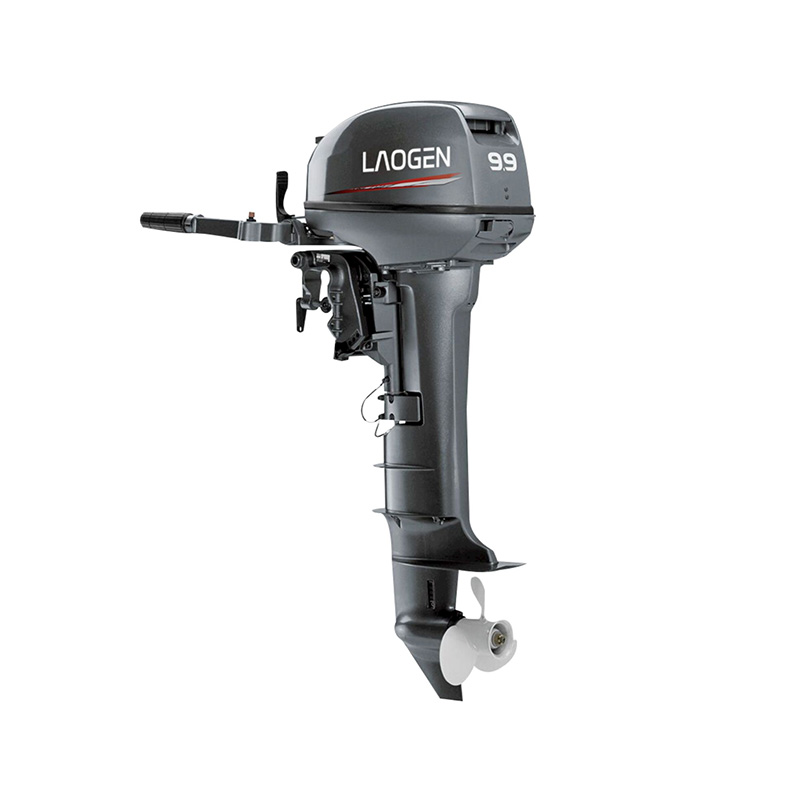A Comparative Analysis Of 2-Stroke Marine Engines And Four-Stroke Boat Motors
In the realm of marine propulsion, the choice between a 2-stroke marine engine and a four-stroke boat motor plays a pivotal role in determining the performance, efficiency, and overall satisfaction of boaters and marine enthusiasts. Both engine types have their unique characteristics and advantages, and a careful consideration of their differences is essential for making informed decisions. This article explores the distinctive features, operational aspects, and considerations associated with 2-stroke marine engines and four-stroke boat motors.
Characteristics of 2-Stroke Marine Engines:
2-stroke marine engines are renowned for their simplicity, lightweight design, and high power-to-weight ratio. These engines operate on a two-step combustion cycle, combining the intake and exhaust strokes in a single revolution of the crankshaft. This streamlined process results in fewer moving parts, making 2-stroke engines generally more compact and lighter than their four-stroke counterparts.
Advantages of 2-Stroke Marine Engines:
1. Simplicity and Weight: The minimalistic design of 2-stroke engines contributes to their lightweight construction, making them suitable for applications where weight is a critical factor, such as smaller boats and personal watercraft.
2. High Power Output: Due to their rapid combustion cycle, 2-stroke marine engines can deliver a higher power output in comparison to four-stroke motors of similar size. This characteristic makes them appealing for applications that prioritize speed and acceleration.
Operational Considerations:
1. Fuel/Oil Mixture: One distinctive feature of 2-stroke marine engines is the need for a fuel/oil mixture. Boaters must carefully mix the appropriate ratio of two-stroke oil with gasoline to ensure proper lubrication of engine components.
2. Emissions: 2-stroke engines tend to produce higher emissions compared to four-strokes. The combustion process can result in the release of unburned hydrocarbons, contributing to environmental concerns.
Characteristics of Four-Stroke Boat Motors:
Four-stroke boat motors operate on a more traditional combustion cycle involving four distinct phases: intake, compression, power, and exhaust. These engines are recognized for their fuel efficiency, lower emissions, and quieter operation.
Advantages of Four-Stroke Boat Motors:
1. Fuel Efficiency: Four-stroke boat motors are generally more fuel-efficient than their 2-stroke counterparts. The separate intake and exhaust strokes contribute to a more controlled combustion process, optimizing fuel consumption.
2. Lower Emissions: Four-stroke motors produce fewer emissions due to their more complete combustion cycle. This characteristic aligns with environmental regulations and sustainability considerations.
Operational Considerations:
1. Complexity and Weight: Four-stroke boat motors typically have a more complex design with additional components, resulting in a heavier overall weight. This can be a consideration for boats where weight is a critical factor.
2. Maintenance Requirements: While four-stroke engines may have more components, they often require less frequent maintenance. This can be advantageous for boaters seeking engines with longer intervals between service requirements.
The choice between a 2-stroke marine engine and a four-stroke boat motor involves a careful balance of considerations based on specific needs and preferences. The lightweight and simplicity of 2-stroke engines may appeal to those seeking higher power output for speed-oriented applications, while the fuel efficiency and lower emissions of four-stroke motors make them an attractive option for environmentally conscious boaters. Ultimately, the decision should align with the intended use, maintenance preferences, and environmental considerations, ensuring that boaters find the ideal solution for their marine propulsion needs.


 English
English русский
русский











